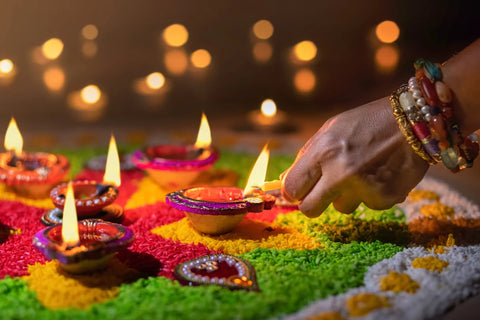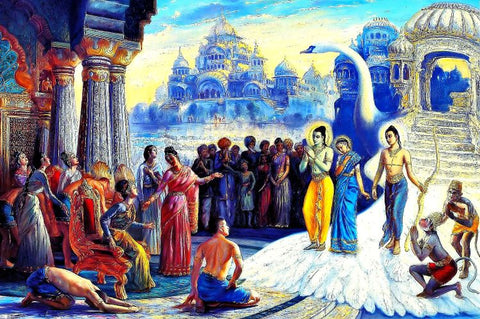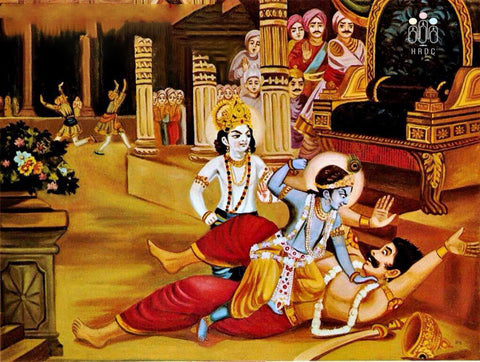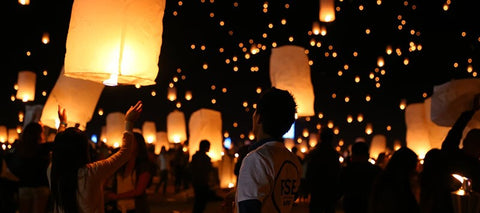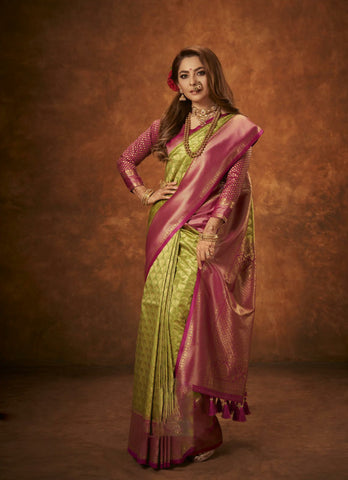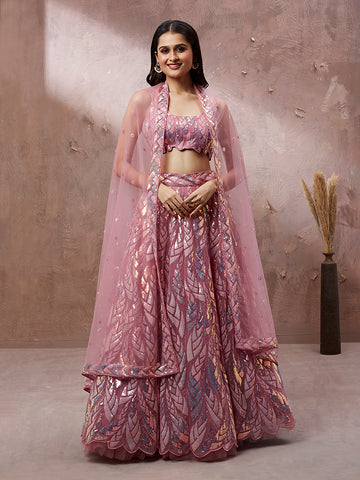Diwali, also known as Deepawali, is a significant Hindu festival celebrated with enthusiasm every autumn. This festival of lights symbolizes the triumph of virtues over vices. Devotees on this day worship Goddess Laxmi and Lord Ganesha, followed by adorning their homes with earthen lamps and reveling in fireworks. Over time, Diwali has adapted to the modern world and has become a prominent celebration not just in India but across the globe.
Celebrating Diwali with Diyas.(Image: ucf.edu)
Origin and History
Diwali has several mythological stories associated with it, with one of the most prominent being the return of Lord Rama after his fourteen-year exile.
Homecoming of Rama, Lakshman and Sita( Image: thisday.app)
South India celebrates Diwali to commemorate Lord Krishna's victory over the demon king Narkasura. Legend has it that Krishna granted Narkasura's last wish to enjoy his final day with feasts, fireworks, and lights, which is still followed in the celebration of Diwali today.
Krishna kills demon king Narkasura (Image: facebook.com)
Customs and Rituals
Diwali is a five-day festival that begins with Dhanteras and concludes with Bhai-Duj on the fifth day. Each day is marked by joyous celebrations, such as purchasing new utensils and household items on the first day, followed by house decoration with lights and rangoli on the second day. The third day, Diwali itself, holds great religious significance as people worship Goddess Lakshmi and Lord Ganesha, wear new clothes for Diwali, exchange gifts and sweets. The fourth day involves bathing deities with milk and honey and offering various delicacies. The fifth and final day, Bhai Duj, is dedicated to celebrating the eternal bond between brothers and sisters.
Different Ways of Celebrating
-
North India: In North India, Diwali is celebrated with fervor, including visits to puja pandals with Lakshmi-Ganesh idols and firework displays. States like Haryana and Punjab have grand firework shows in honor of Lord Ram, Sita, and Lakshman.
-
South India: South Indians celebrate Diwali in the morning with rituals such as morning baths, Kolam rangoli decoration, new clothes, and prayers.
-
East India: In West Bengal and Eastern states, Diwali is marked by the worship of Goddess Kali and a focus on honoring ancestors. Houses are adorned with alpona and sweet rosogullas are exchanged.
-
West India: In Maharashtra and parts of Western India, the day of Narkachaturdashi symbolizes the victory of good over evil with fireworks. The second day involves Lakshmi and Ganesh Puja, with worship of earthen idols. The third day, Padwa, includes extensive shopping and tilak ceremonies.
Modern Diwali
Over time, Diwali celebrations have evolved and adapted to the modern world. Commercialization has played a significant role in this transformation. Diwali is no longer limited to Hindus, and it has become a global festival while preserving its core essence.
Global Celebration
What to wear for Diwali, such as Chaniya-Cholis, sees a surge in sales worldwide, as people, including NRIs and foreigners, seek unique designs. Sarees are appreciated globally for their elegance and grace.
Eco-Friendly Celebrations
To promote sustainability, people have started using eco-friendly candles and 3-D crackers. Gifting options now prioritize environmentally friendly materials over plastic, and parties aim to minimize waste by serving food on bamboo leaves instead of thermocol plates.
Varieties in Styles and Attires
- For Women:
Sarees: Sarees are a favorite choice for Indian women for , with a wide variety of materials such as silk, crepe, and chiffon. These can be paired with midriff-baring blouses and elegant Jhumkis (long earrings).
Lehenga Choli: Popular in Rajasthan and Gujarat, Lehenga Cholis are known for their bright colors and contrasting dupattas.


